
Certosa di Pavia
A monumental masterpiece of late Gothic and Renaissance architecture, the Certosa di Pavia is a breathtaking monastery complex.
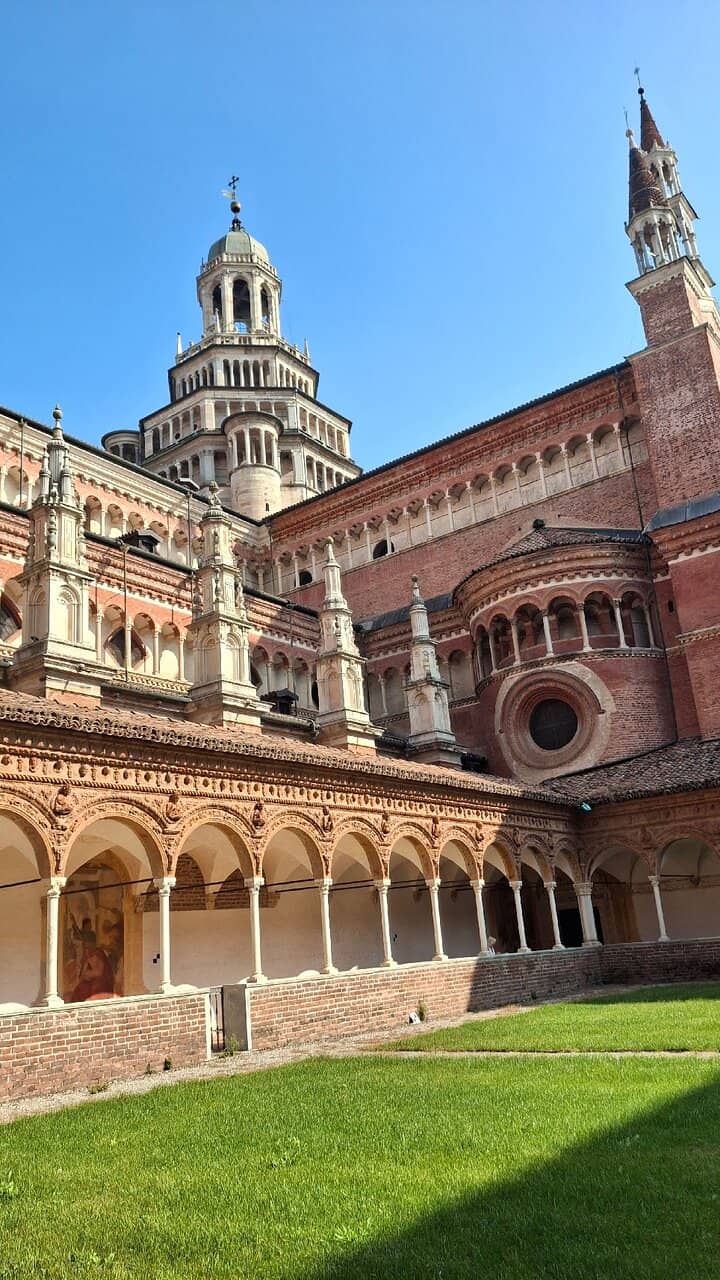
Highlights
Must-see attractions

Social
From TikTok & Reddit
Best Time
Fewer crowds, peaceful atmosphere

Certosa di Pavia
Best Time
Fewer crowds, peaceful atmosphere

Highlights
Must-see attractions
A monumental masterpiece of late Gothic and Renaissance architecture, the Certosa di Pavia is a breathtaking monastery complex.
"A breathtaking display of late Gothic and Renaissance architecture, adorned with intricate reliefs, marbles, and statues."
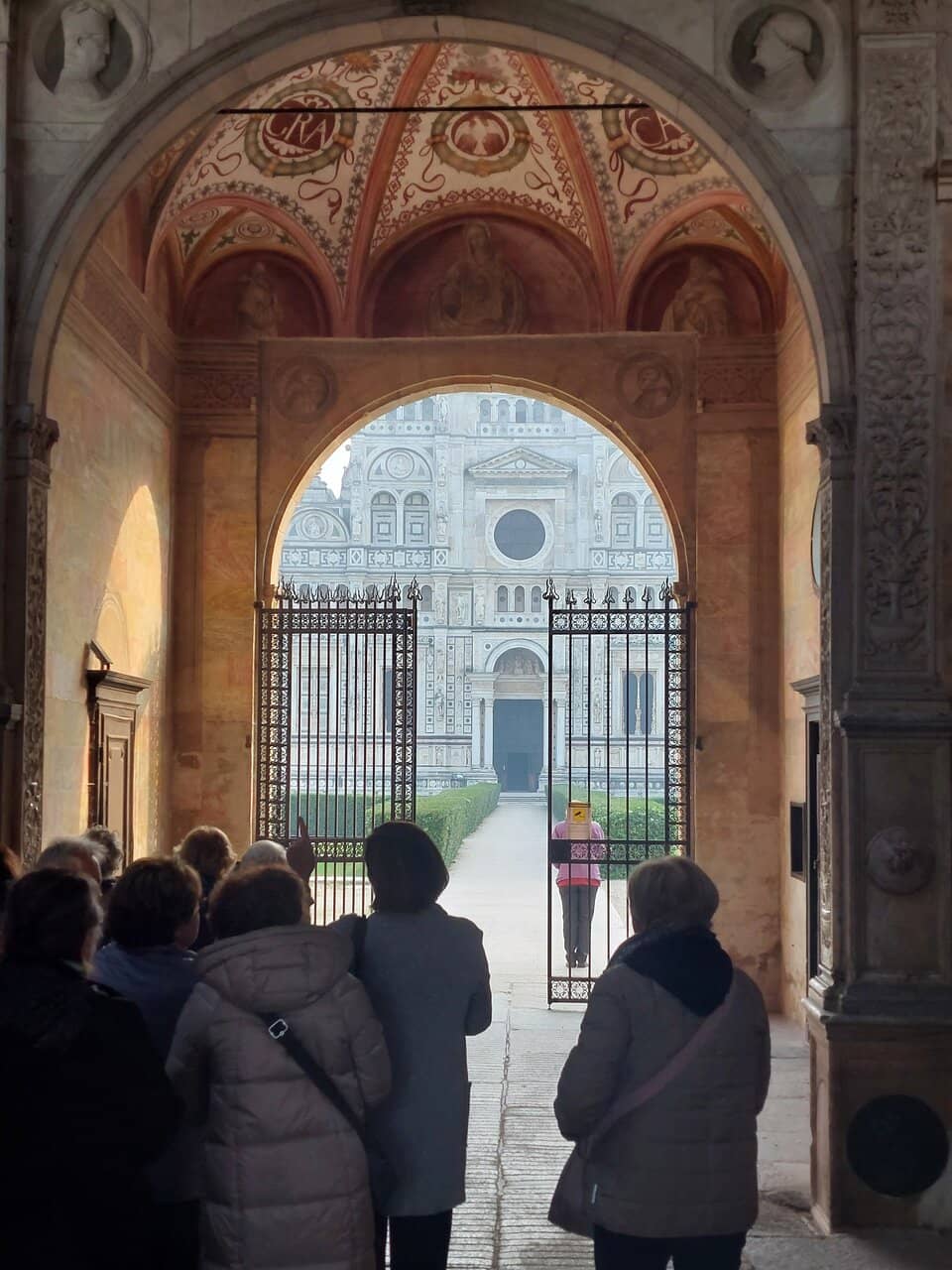
Check Opening Hours
Hours can vary, especially on weekends and holidays. Always check the official website before your visit.
Wear Comfortable Shoes
You'll be doing a lot of walking to explore the vast complex and its courtyards. :athletic_shoe:
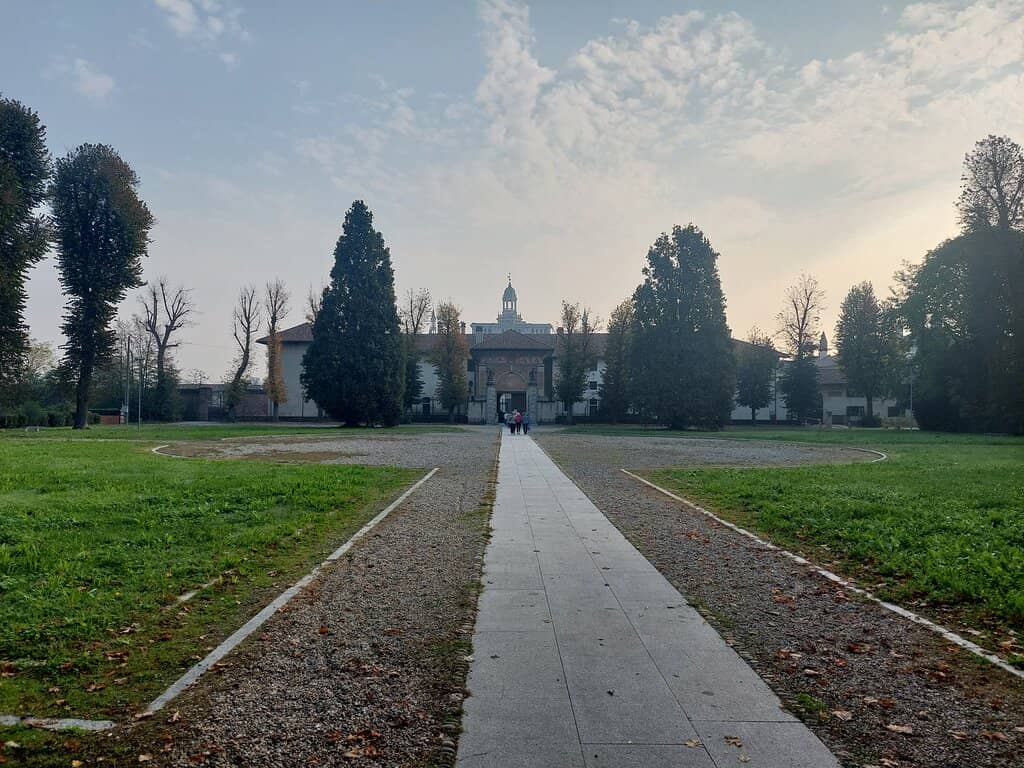
Highlights
Discover the most iconic attractions and experiences
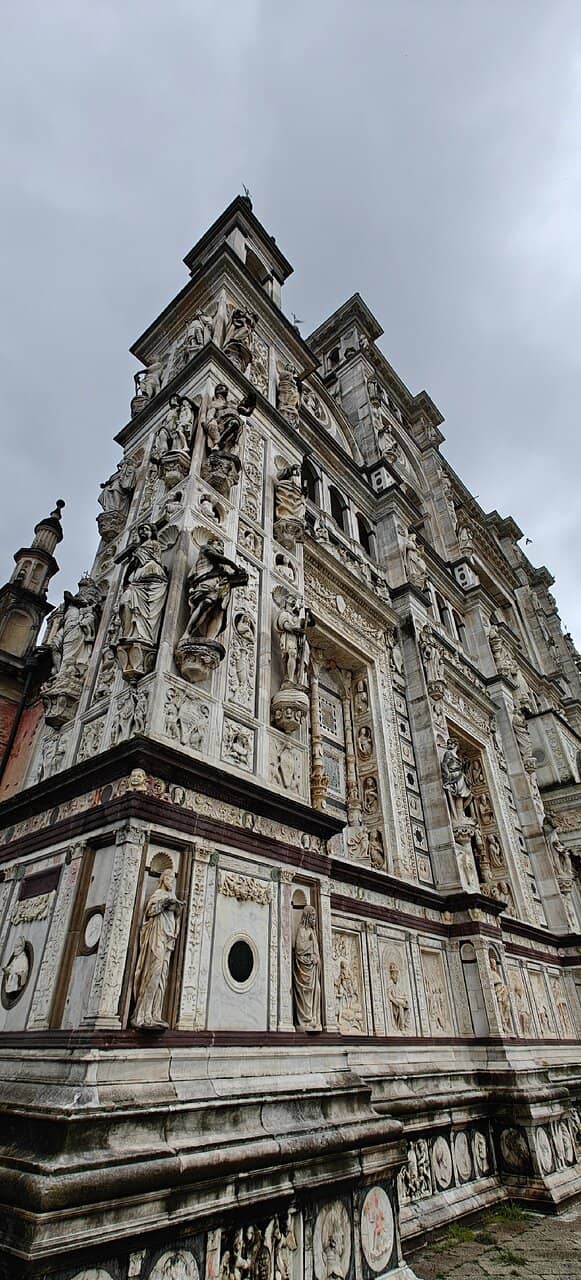
The Grand Facade
Main Entrance
A breathtaking display of late Gothic and Renaissance architecture, adorned with intricate reliefs, marbles, and statues.
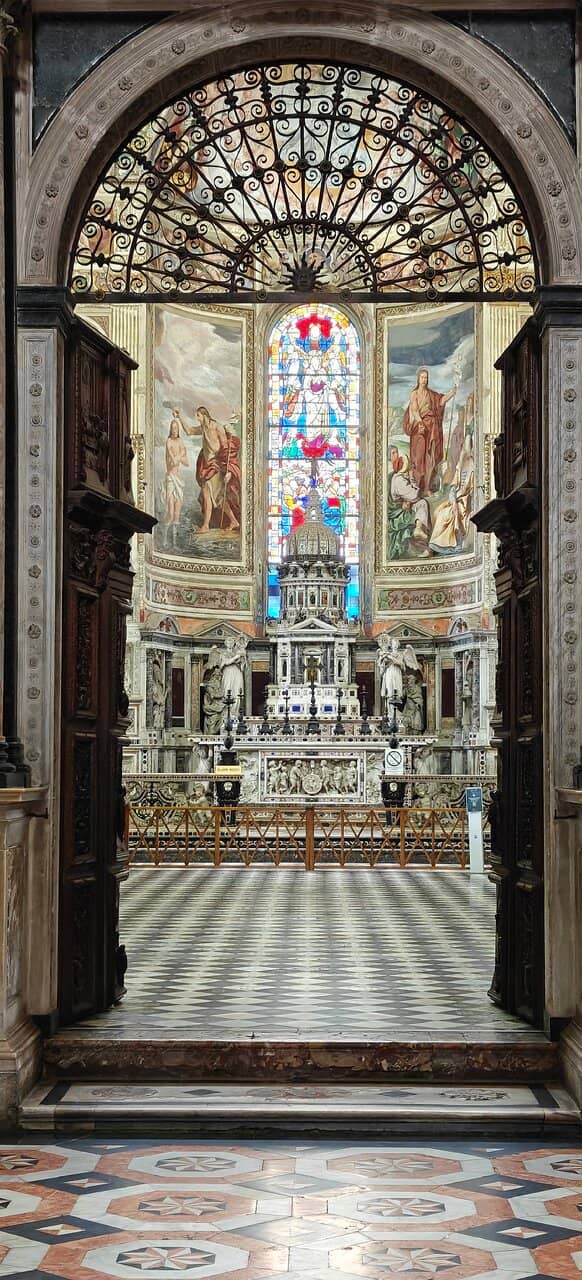
Monastery Cloisters
Interior Courtyards
Explore the serene cloisters, offering a glimpse into the monastic life and showcasing stunning Renaissance artistry.
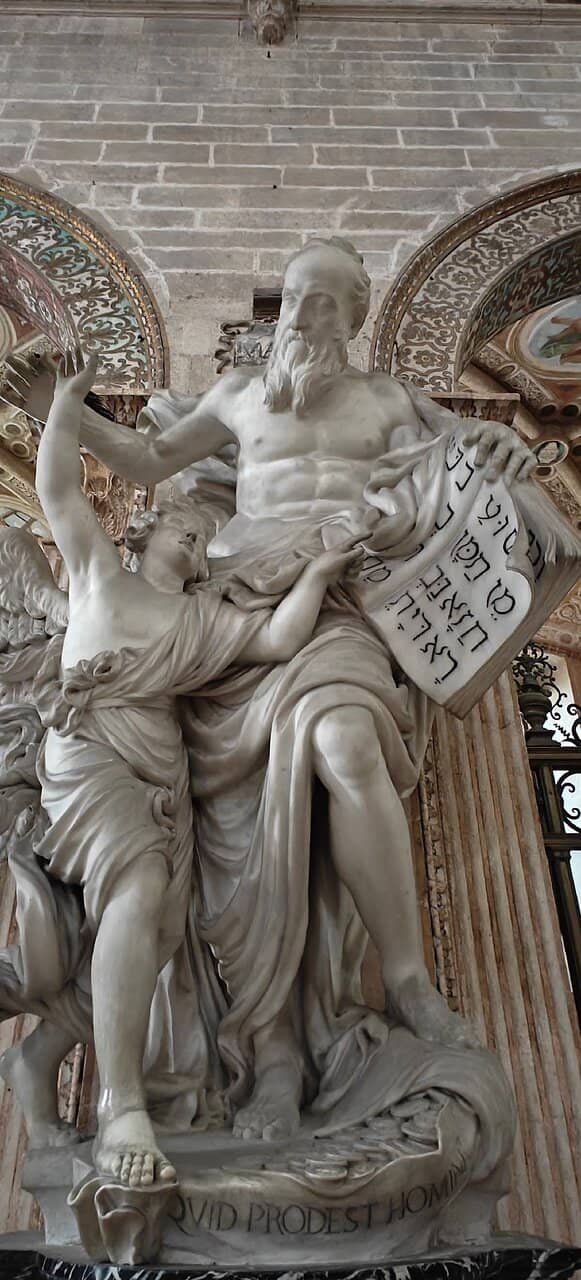
Royal Tombs
Church Interior
Discover the impressive tombs of Gian Galeazzo Visconti and other members of the Sforza family.
Plans like a pro.
Thinks like you
Planning Your Visit
Timing Your Visit to Avoid Crowds
Getting There: Plan Your Journey
Best Times
Insider Tips
from TikTok, Instagram & Reddit
Check Opening Hours
Hours can vary, especially on weekends and holidays. Always check the official website before your visit.
Wear Comfortable Shoes
You'll be doing a lot of walking to explore the vast complex and its courtyards. :athletic_shoe:
Allow Ample Time
Don't rush your visit; give yourself at least 2-3 hours to truly appreciate the art and architecture. :stopwatch:
Consider a Guided Tour
Enhance your understanding of the history and art with a knowledgeable guide. :guide_dog:
Tips
from all over the internet
Check Opening Hours
Hours can vary, especially on weekends and holidays. Always check the official website before your visit.
Wear Comfortable Shoes
You'll be doing a lot of walking to explore the vast complex and its courtyards. :athletic_shoe:
Allow Ample Time
Don't rush your visit; give yourself at least 2-3 hours to truly appreciate the art and architecture. :stopwatch:
Consider a Guided Tour
Enhance your understanding of the history and art with a knowledgeable guide. :guide_dog:
Combine with Nearby Attractions
Pair your visit with the Oasi di Sant'Alessio for a fuller day trip. :park:
What Travellers Say
Reviews Summary
Visitors consistently praise the Certosa di Pavia for its breathtaking architecture and rich historical significance, often describing it as a hidden gem. The intricate facade and serene cloisters are frequently highlighted as standout features. Some reviewers note that the visitor experience can be enhanced by checking opening hours carefully and allowing ample time for exploration.
What People Like
What People Dislike
Frequently Asked Questions
🚇 🗺️ Getting There
The Certosa di Pavia is about an hour's train ride from Milan. From Pavia station, you can take a local bus or a taxi to reach the monastery, which is located about 8km outside the city.
Yes, there is typically parking available for visitors arriving by car. It's advisable to check for any specific parking regulations or fees on the day of your visit.
Yes, public transport is an option. Buses run from Pavia city center to the Certosa. It's recommended to check local bus schedules in advance for the most up-to-date information.
Many visitors find it convenient to drive, especially if they are exploring the Lombardy region. However, public transport is feasible for those coming from Milan or Pavia.
Absolutely! Its proximity to Milan and Pavia makes it a perfect destination for a day trip, offering a rich cultural experience.
🎫 🎫 Tickets & Entry
The Certosa di Pavia is generally open from Tuesday to Sunday. Specific hours can vary, so it's crucial to check the official website for the most current information before your visit.
While advance booking might not always be mandatory, it's a good idea to check the official website. Some periods or special events might require pre-purchased tickets to guarantee entry.
Entry to the Certosa di Pavia typically involves a fee. The exact cost can vary, and it's best to consult the official website for current pricing. Some sources suggest it might be free for certain itineraries, but this is uncommon for the main complex.
Information on discounts for students, seniors, or other groups is usually available on the official ticketing page. It's recommended to check for any available concessions when purchasing your ticket.
To avoid the largest crowds, aim for weekday mornings or late afternoons. Weekends and midday can be significantly busier, especially during peak tourist seasons.
📸 📸 Photography
Photography is generally allowed in most areas of the Certosa di Pavia, but it's important to be respectful of the sacred nature of the site. Flash photography is often prohibited to protect the artwork.
The stunning facade, the intricate details of the cloisters, and the grand church interior offer fantastic photo opportunities. The surrounding gardens can also be picturesque.
Drone usage is typically restricted in historical and religious sites like the Certosa di Pavia due to privacy and safety concerns. Always check local regulations and site-specific rules before flying a drone.
A versatile lens, such as a 24-70mm, is useful for capturing both wide architectural shots and detailed close-ups. A prime lens with a wide aperture can be great for low-light interiors.
While not always advertised, some local photography groups or guides might offer specialized tours. It's worth searching online or inquiring locally if you're interested in a dedicated photography experience.
🎫 🏛️ History & Architecture
Construction of the Certosa di Pavia began in 1396 and continued for over a century, with significant work completed by 1507. It represents a blend of late Gothic and Renaissance architectural styles.
The Certosa di Pavia was commissioned by Gian Galeazzo Visconti, the first Duke of Milan, as a family mausoleum and a monastery.
The monastery showcases a fascinating transition from late Gothic to Renaissance architecture, with contributions from renowned architects like Bernardo da Venezia and Giovanni Amadeo.
The facade is renowned for its incredibly rich and detailed decoration, featuring a dense array of sculptures, reliefs, and marble inlays, characteristic of Lombard architecture.
Yes, the Certosa di Pavia is the burial site for members of the Visconti and Sforza families, including Gian Galeazzo Visconti himself.
For Different Travelers
Tailored advice for your travel style
👨👩👧 Families with Kids
To keep children interested, turn the visit into a scavenger hunt for specific statues or architectural details. Discuss the idea of monks living there and their daily routines in simple terms. The vastness of the complex can also spark imagination about its history. Remember to check opening hours and plan for breaks to avoid overtiring little ones.
🏛️ History Buffs & Art Enthusiasts
Take advantage of guided tours if available, as they often provide in-depth historical context and art historical analysis that might be missed otherwise. Allow ample time to explore at your own pace, perhaps revisiting sections to absorb the sheer volume of artistic expression. The Certosa is not just a building; it's a historical narrative told through stone, marble, and artistry.
📸 Photographers
Experiment with different focal lengths to capture both the sweeping scale of the monument and the fine craftsmanship of individual sculptures. Consider visiting during the shoulder seasons or on weekdays to minimize the presence of other visitors in your shots. Drones are generally not permitted, so focus on ground-level and architectural photography.
Deep Dives
In-depth insights and expert knowledge
Architectural Marvel: A Blend of Styles
Inside, the church itself is a harmonious blend of styles, with soaring vaulted ceilings and a grandeur that speaks to its religious and dynastic importance. The monastery complex includes several cloisters, each with its own character, offering serene spaces for contemplation and showcasing further examples of Renaissance artistry. The careful preservation of these elements allows visitors to step back in time and appreciate the dedication and skill of the artisans who created this masterpiece.
For those interested in art history, the Certosa di Pavia offers a rich tapestry of sculptures, frescoes, and architectural innovations. It's a place where sacred art meets secular power, with the tombs of the Visconti and Sforza families integrated into the sacred space. The sheer scale and detail of the Certosa make it a must-visit for anyone with an appreciation for historical architecture and Italian art.
Experiencing the Monastic Life
Exploring the monastery's interior provides insight into the daily lives of the monks. The layout, with its cells, chapels, and communal areas, reflects a life dedicated to prayer and work. Although the monks are no longer in residence, the historical context remains palpable. Some visitors even mention a sense of mystery or legend surrounding the ancient walls, adding an intriguing layer to the visit.
To truly appreciate the monastic aspect, consider taking a guided tour. Guides can offer deeper insights into the history, the rules of the Carthusian order, and the significance of various architectural elements in relation to monastic life. This can transform a visual appreciation into a more profound understanding of the Certosa's original purpose.

Social
from TikTok, Instagram & Reddit